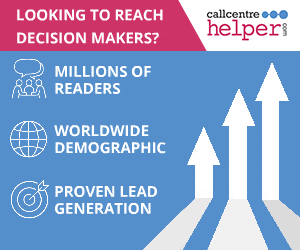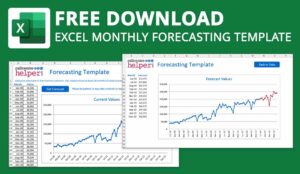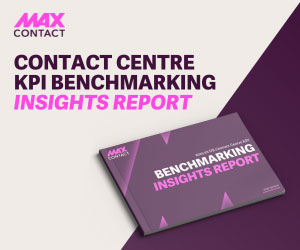Forecasting is a vital part of running a successful contact centre. It helps ensure the right number of people are in place to handle customer demand – without overspending or underdelivering.
In this instalment of our video series on the key concepts behind accurate forecasting, Call Centre Helper’s Jonty Pearce explains why if it’s a forecast it’s wrong.
Video: Forecasting Fundamentals: If It’s a Forecast – It’s Wrong
Watch the video below to hear Jonty explain what you need to know about forecasting – focussing on why if it’s a forecast it’s wrong:
Forecasting Is Not Fortune-Telling
Forecasting can never predict the future with complete accuracy. The truth is, we cannot see what’s ahead. Every forecast will be wrong in some way – the key is how wrong, and whether the error is manageable.
Good forecasting is not about being a futurologist, it’s more like being a historian, as Jonty explains:
“The first thing I want to talk about is if it’s a forecast it’s wrong.
Effectively, we cannot see the future, but the one thing we can do in forecasting is we can examine the past. So, in effect we’re not futurologists, in terms of forecasting, we are actually historians.”
We study the past to make informed estimates about what might happen next.
Looking for Patterns
In the same way that archaeologists look for patterns in the ground to uncover the past, forecasters look for patterns in data, as Jonty continues:
“And one of the things that historians do, for instance, is look for patterns in the soil. This is an archaeological dig that my brother did in the 1970s at Housesteads in the Northeast of England, on Hadrian’s Wall.
And they started looking for patterns in the soil, things they could see, remnants of walls, of ditches, of burning and things such as that, so they look for patterns in the soil.”
This might include:
- Clear trends over time
- Regular seasonal changes
- Recurring behaviours
- Random or unexpected variations
The goal is to understand what has happened before, and to identify any regular patterns that can help shape future plans.
Historians of Data
Effective forecasters act like data historians – they don’t guess. They observe, measure, and analyse. They break down data to find meaningful trends, cycles, or irregularities.
For instance, you might notice that contact volumes rise steadily over time. Or you may find certain months, weeks, or even days show predictable increases or decreases.
“In the contact centre world we do something similar to historians, we look for patterns in the data. For instance:
- Does the data follow a trend?
- Is there a trend line that follows up?
- Is there a degree of seasonality?
- Is there seasonality and a trend?
- Do things happen at regular times overall?
- Or is the data random?
So that’s one of the things that we do as forecasters: looking for patterns in the data.”
These patterns are the foundation for creating a sensible and practical forecast — even if it’s never perfect.
Accepting Uncertainty
The idea that “if it’s a forecast, it’s wrong” isn’t a weakness. It’s a reminder to stay grounded.
Forecasts are estimates, not guarantees. By accepting this, and building models based on historical patterns, contact centres can plan more effectively, react more confidently, and stay flexible when the unexpected happens.
If you are looking for more great insights from Jonty, check out these next:
- Is Overhang Distorting Your Staffing Calculations?
- Getting Started With Forecasting
- The Erlang C Formula
- Maximum Occupancy – The Most Common Resource Planning Mistake
Author: Jonty Pearce
Reviewed by: Robyn Coppell
Published On: 20th Feb 2024 - Last modified: 12th Jun 2025
Read more about - Video, Forecasting, Top Story, Videos






































